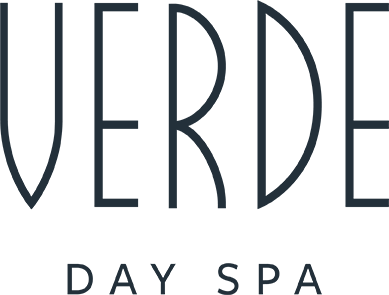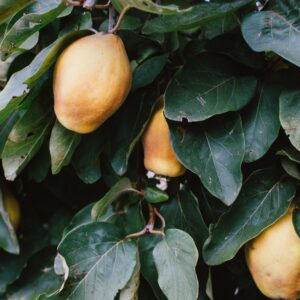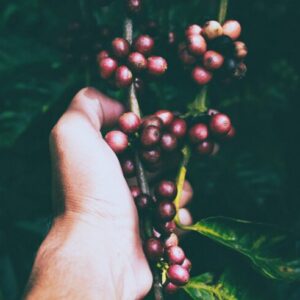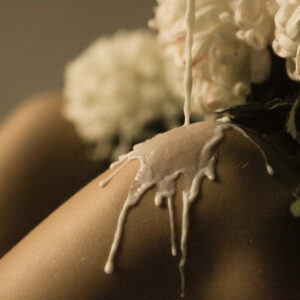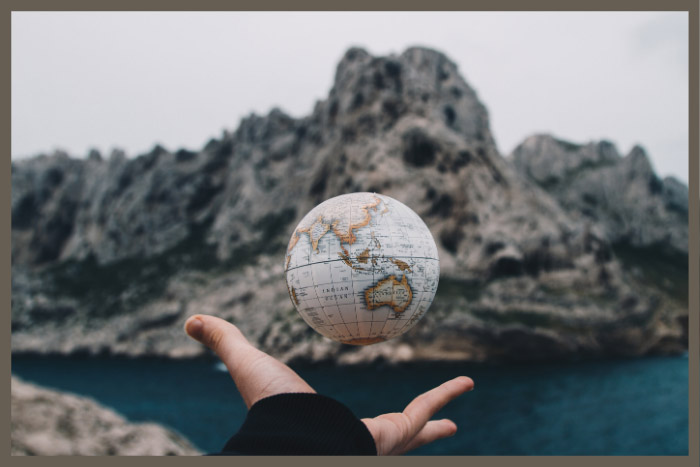From ancient Greece to the tribes of the remote islands of Polynesia, massage has been an essential part of medicine, folk healing methods, religious rituals and sports games.
The word 'massage' comes from the Greek word 'massein', meaning to knead, and the Arabic 'masa', meaning to press gently.
There are now countless methods of massage and body work in the broadest sense. The types of massage correspond not only to the culture of the country in which the method predominates, but also to specific ailments and needs. However, each has its own roots.
Asia
CHINA
Massage as a form of treatment has its origins in ancient times, in China, where its history dates back as far as 3,000 BC, when, as part of Chinese medicine, it was part of religious rites.
Traditional Chinese Tui Na massage takes a holistic approach to the body, mind and spirit, using therapy on meridians and acupressure points which allows for the proper flow of energy in the body, recovery or revitalisation of the body.
INDIA
Another cradle of massage in the world is India, where massage began to be practised as part of Ayurveda, one of the few types of non-conventional medicine in the world that uses surgery in its methods and is officially recognised by the WHO as a concept of health and therapy.
Ayurvedic massage combines 5000-year-old Indian Ayurvedic principles and pressure points (acupressure). This type of massage aims to provide a balance between mind and body to enable the body to heal itself.
The distinguishing factor between Ayurvedic massage and other types of massage such as Thai or Swedish is the Ayurvedic oils. It is sometimes referred to as an 'oil massage' because it usually contains warm essential oils from herbs with additional healing and cleansing benefits.
There are several types of Ayurvedic massage, these include: Vishesh, Shirodhara, Pizichilli, Odyssey Ayurvedic Massage Treatment, Marma, Gandharva and the most popular Abhyanga.
TYBET
Tibet is now part of China, but it has not always been this way; between the seventh and ninth centuries, Tibet formed a great empire and Tibetan medicine flourished enormously.
Tibetan Sang-chu massage combines elements of two ancient medical systems: the Hindu and the Chinese. Freely translated, the name Sang-czu means Pure White River of life energy flowing through us.
The therapeutic Tibetan massage technique combines elements of classical Ayurvedic Abhyanga massage, deep Chinese massage, acupressure and simple manual therapy techniques.
THAILAND
One of the focal points for the practice of massage as an extremely important cultural element is massively visited by tourists in Thailand. Its history in this country also dates back to very distant times - around 500 BC and is extremely complex and Thai massage contains influences from Chinese, Indian and other South Asian cultures.
Over hundreds of years, the most varied variations of classical Thai massage have developed, which originally used acupressure and passive yoga methods to relieve tension in the body, relax and give a boost of energy. (Herbal stamp massage and foot reflexology also originated in this part of the world).
Today, the Royal Thai Massage Academy in Chiang Mai, with a centuries-old teaching tradition, is considered the best and most reputable Thai massage school. It trains students in classical Thai massage at five levels (costing from 6-19,000 baht i.e. £800 - £2,500 per level) and provides many other courses including online courses.
INDONESIA
Indonesia, the largest island country in the world with more than three hundred thousand islands and the largest number of Muslims in the world, should also not be absent from the Asian massage map.
In Indonesia, massage has also existed for centuries and, as in Thailand, bodywork techniques have been heavily influenced by both Ayurvedic and Chinese medicine.
The Hindu religion arrived here around 400 AD with Hindu priests who introduced Ayurveda medicine using scented oils for massage, as well as medicines made from plants. Later, travelling Buddhist monks brought the knowledge of Chinese medicine and with it the art of acupuncture and reflexology.
Although most of the larger islands have their own special type of massage, the most advanced knowledge of healing techniques can be found in Java and Bali.
The Indonesians observed and selected from various techniques from India and China and developed their own styles, which have been passed down from generation to generation.
Many tourists who come to Bali see a lot of massaging women on the beaches and think that this is real Balinese massage, which is not quite true.
Unlike in Java, traditionally Balinese massage is usually performed by a man, mainly for therapeutic purposes, and is usually a stronger, deep massage.
Although there are thousands of varieties of Javanese massage, many of them maintain a similar sequence and use many of the same techniques as those used in Bali.
PHILIPPINES
The Philippines is another country where the use of massage in healing practices has been reported since ancient times. In addition to touch, shamans used medicinal herbs and magic to heal patients.
The traditional healing art of therapeutic massage is called Hilot and developed from the shamanic traditions of the ancient ancestors, the massage is performed with coconut oil and the techniques used are similar to Indonesian (Balinese) massage.
There are also similarities with Thai massage and other Asian manual healing art systems.
JAPAN
Japan's first association is with Shiatsu massage (meaning to press with the thumbs), which, like most forms of healing by touch, has its roots in traditional Chinese medicine - acupressure and reflexology.
In the Shiatsu philosophy, as in traditional Chinese medicine, the physical and mental condition of the human being is made up of the 5 elements (water, fire, earth, metal, wood). The correct functioning of each of them restores balance to the whole organism.
Japanese massage is performed on the floor, on a traditional futon mattress. It is important that the masseur remains at the same level as the person being massaged during the treatment. This is essential for the correct technique, which involves the therapist using their own body weight. Contrary to the name, shiatsu is performed not only with the fingers, but also with the whole hands, elbows and even feet or knees.
